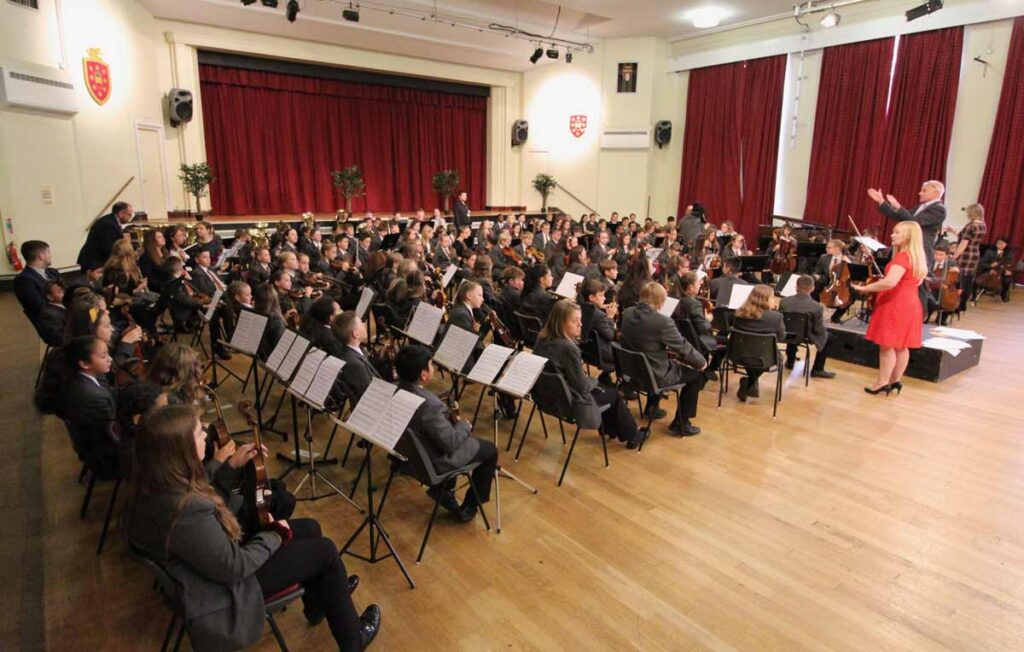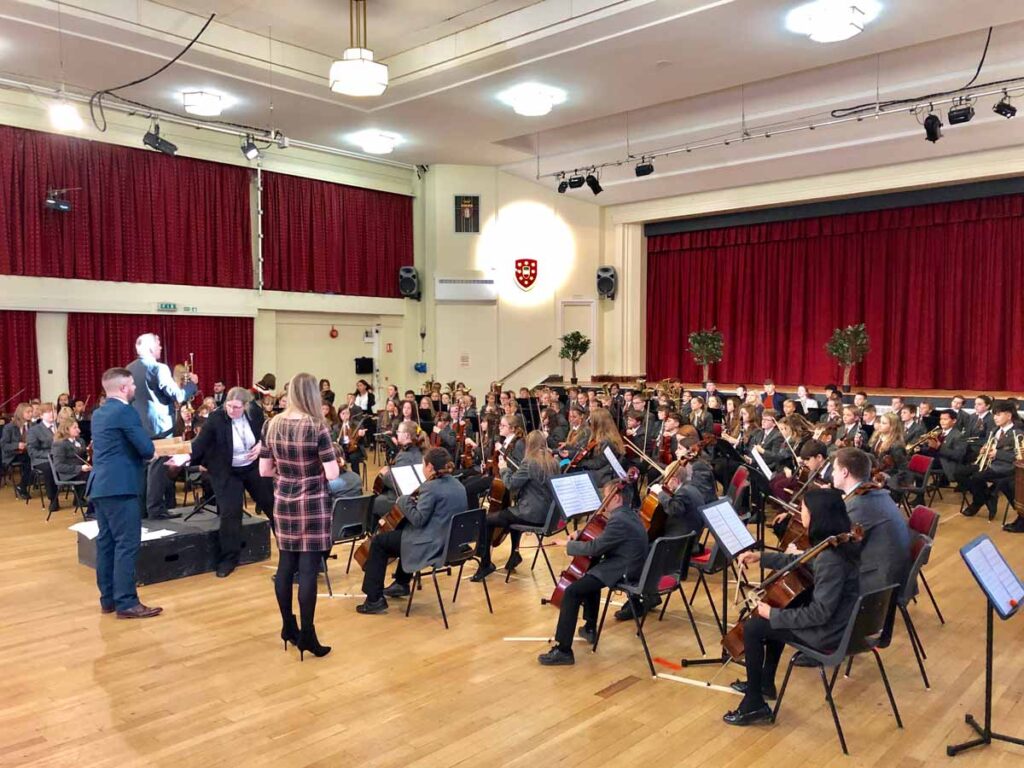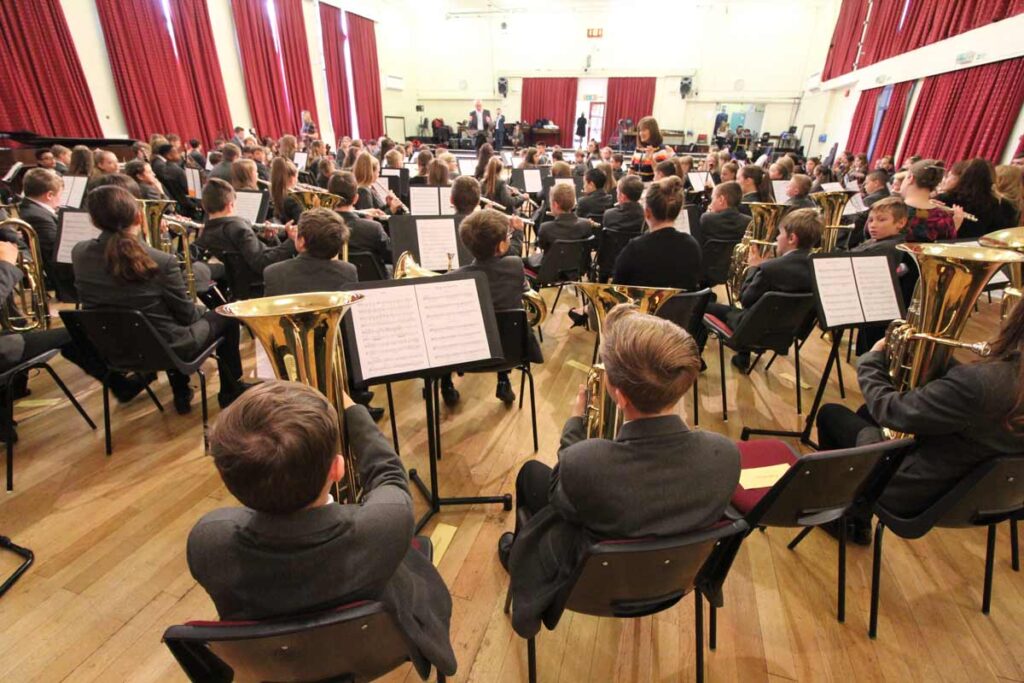>> SCHOOL HOUSES

Marie Curie (Curie House)
Marie Curie was a physicist, chemist and a pioneer in the study of radiation. She and her husband, Pierre, discovered the elements Polonium and Radium. They and Henri Becquerel were awarded the Nobel Prize in Physics in 1903, and Marie herself received the Nobel Prize in Chemistry in 1911.
Curie believed scientific research should be of benefit to all people, and she pioneered accessibility within sciences. She and her husband had discovered that Radium destroyed diseased cells faster than healthy cells: from this, the first treatments for cancer emerged as radiotherapy.
In 1911, for the isolation of Radium, she was awarded another Nobel Prize, this time in chemistry. She was and still is the only person to be awarded Nobel Prizes in two scientific categories. By that time, Curie was world-famous, and the director of the Curie Laboratory at the newly established Radium Institute (today the Curie Institute).
We chose Curie as a reminder that women belong in STEM careers and that we should always find ways to turn our efforts towards helping other people.

Harriet Tubman (Tubman House)
Harriet Tubman (born Araminta Ross) fought against the slave trade in America, helpiung hundreds of people escape bondage and supporting their transition into civil freedom.
Born into slavery herself, Tubman escaped as a young woman. However, although she was free, she refused to allow others to suffer the same fate. Tubman made some 13 missions to rescue approximately 70 enslaved people, including family and friends, using a network of anti-slavery abolitionists and safe houses known as ‘the Underground Railroad’.
Tubman became known as ‘Moses’ – a Biblical reference of a leader guiding their people to a land of safety, away from Slavery. She famously “never lost a passenger” on the Underground Railroad.
During the American Civil War, Tubman served as an armed scout and spy for the Union Army. Her efforts to improve the lives of others led to her being recognised by Abraham Lincoln, then the President of the United States of America, as a remarkable figure of inspiration.
In her later years, Tubman was a political activist for the movement for Woman’s Sufferage, setting up homes for women with no other place to be and opening schools for children.
We chose Tubman as an example to remind us to hold the needs of others as equal to our own, to support our peers and that doing the right thing is not always the same as doing the easy thing.

Mary Ann Evans (pen name: George Elliot) (Evans House)
Nuneaton born George Eliot was an English novelist, poet, journalist, as well as a translator. Her real name was Mary Ann Evans but she used a male pen name, as female authors were believed to be writing only lighthearted novels in those days and she wanted to be taken seriously as well as break that stereotype.
She authored seven novels, known for their realism and psychological insight. Her books were mainly appreciated for their descriptions of rural society, and she believed that there was much interest and importance in the mundane details of ordinary country lives.
She is best remembered for ‘Middlemarch’, which was not just her masterpiece, but also one of the greatest novels in the history of English fiction. She worked as a translator as well, which exposed her to various German religious, social and philosophical texts, elements of which shown up in her fiction.
We chose Evans as a reminder to find a way to persevere until we get the success that we want. Where there is a will, there is a way!

Alan Turing (Turing House)
British mathematician and logician who made major contributions to mathematics, philosophy and logic,as well as mathematical biology and also to the new areas later named computer science and artificial intelligence
In 1942 Turing also devised the first systematic method for breaking messages encrypted by the sophisticated German cipher machine that the British called “Tunny.” At the end of the war, Turing was made an Officer of the Most Excellent order of the British Empire (OBE) for his code-breaking work.
However, in March 1952 he was convicted of “gross indecency”—that is to say, homosexuality, a crime in Britain at that time—and he was sentenced to 12 months of hormone “therapy”: a degrading and physically harmful experience. Now with a criminal record, he would never again be able to work for Government Communications Headquarters (GCHQ), the British government’s post-war code-breaking centre.
Turing’s story and malicious treatment by the very people he helped is shocking. We chose Turing as a House to remind us that we accept all people for who they are because all people have intrinsic worth.






